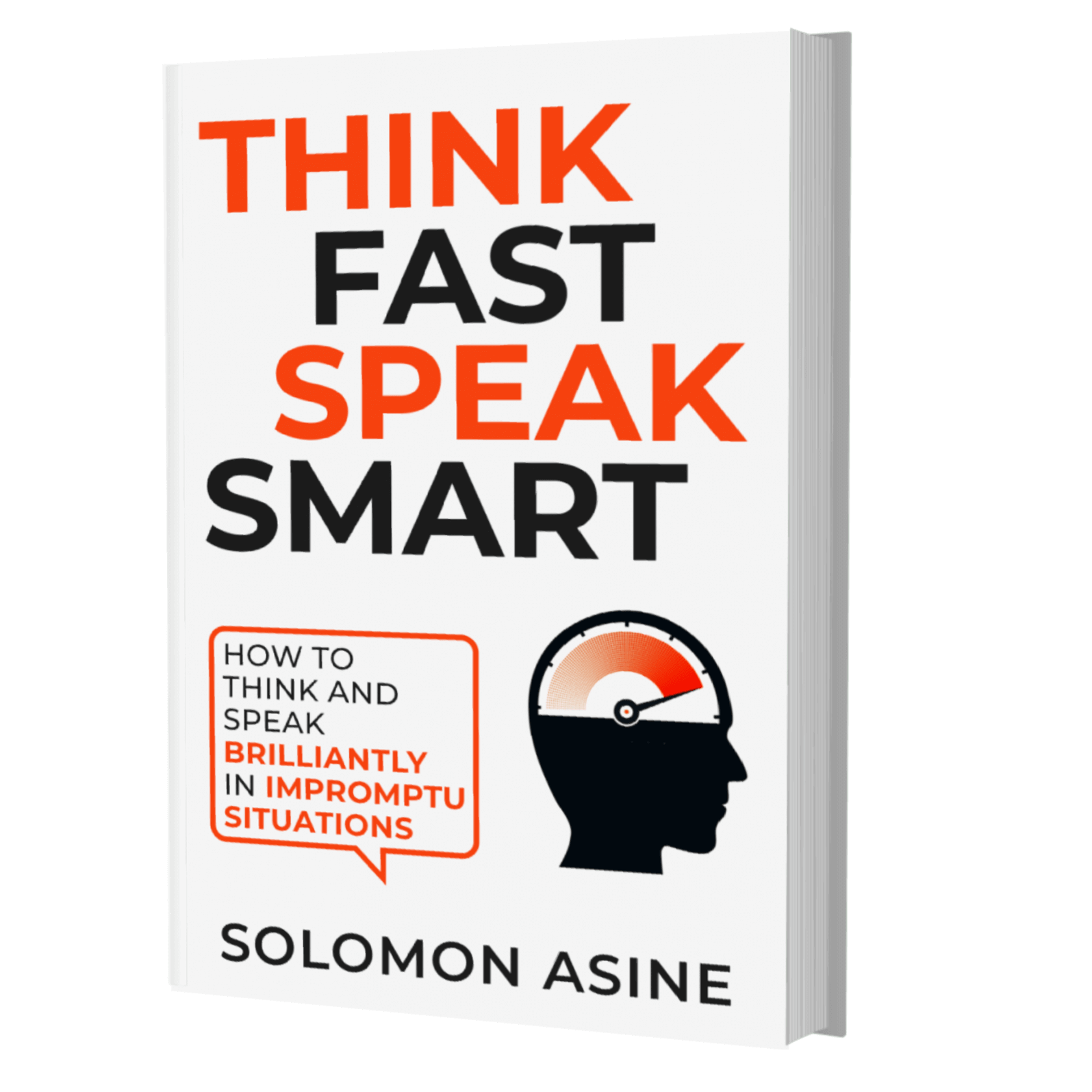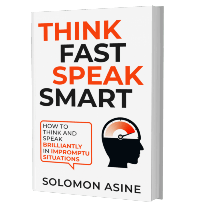
Leaving a Toxic Job: 10 Steps to Get Out
Have you ever found yourself stuck in a job that drains the life out of you? A challenging 9 to 5 job can be difficult
Have you ever had a stranger smile at you, and you smiled back at them, only to think to yourself, “I just smile back at a stranger?” This supposedly strange phenomenon gives an insight into the power that is hidden in the simple gesture of a smile. No wonder there are numerous studies in the fields of neurology, psychology, and sociology to help unravel the power that is inherent in a smile. Even businesses tap into this power.
A study was done to assesses the various effects of smiling models in advertisements, in different stages of a consumer decision-making process. The study evaluated 175,647 consumer feedback of 421 advertisements within about 22 product categories. They discovered that a smiling model not only effects a positive attitude of a customer but also positively influence a consumer’s purchase intention.
Smile is a gift of nature and one of human’s most powerful asset. Here are six powerful truths that you need to know about a smile.
As humans, the ability and tendency to smile is encrypted in our DNA. 3D images of babies in the womb reveals that we start smiling even before we were born. The 3D image is a revelation of how intricately attuned and connected we are to the facial expression of a smile. Even after birth, babies continue to smile.
Studies have shown that, on average, children smile over 400 times a day. This is a clear indication that the act of smiling is part of our biological makeup.

We smile back when a stranger smiles at us because a smile is contagious. In his book, Social Intelligence: The Revolutionary New Science of Human Relationship, Daniel Goleman writes that as humans, “we mimic the happiness of a smiling face, pulling our own facial muscle into a subtle grin, even though we may be unaware that we have seen a smile.” This explains why even when we look at a picture of people smiling, we often tend to smile ourselves, even when we are alone.
Charles Douglass, an American sound engineer who invented the laugh track or canned laughter, understood that smile (in this case laughter) is contagious. The laugh track is the separate soundtrack for a recorded comedy show containing the sound of audience laughter that was used in comedy productions to mimic the laughter of a live audience. This fake laughter is designed to make the viewer laugh, even in cases where the art is not deserving of a laugh. This also explains why we laugh when we see someone laughing hard. You can see an example in this video.
It is said that a smile is the shortest distance between two brains. The wordless communication that occurs between strangers through a smile is arguably the fastest way to initiate a conversation. I can think of many conversations that I have had that started with just a simple, quick smile. A smile is a subtle signal that can be translated by the other person as kind, friendly, peaceful, interesting.
According to Ron Gutman in his TEDx presentation on “The Hidden Power of Smiling,” when you smile, you appear to be more likable, courteous, and competent. All these are the strong positive messages that is contained in that communication between strangers when they smile at each other.
Although trust doesn’t always happen quickly, a smile can create a path to trust. In the study “In smiles we trust? Smiling in the context of antisocial and borderline personality pathology,” it was discovered that people behave more cooperatively towards those who smile and less cooperatively towards those who do not smile or have personality pathology.
Although, It is important to mention that this is mostly applicable to a genuine smile, which is also referred to as the Duchenne smile. This is because most people can distinguish between a Duchenne smile and a fake smile, also known as Pan Am smile.
The bottom line is that the human brain prefers happy faces. We are more likely to recognize a smiling face than a face with negative emotion. This is called the “happy face advantage.”
A smile is not only contagious, but it can also impact how we feel. The facial feedback theory, which is based on the works of Charles Darwin and Williams James, suggests that our facial expression directly impacts our emotional experience. This is true both with other facial expressions and with a smile. Your mood can change from sad to happy just by walking into a room full of happy people. It is especially true when the happy people in the room engage with you.
When you smile, your brain triggers the release of neural communication-boosting neuropeptides as well as dopamine (which helps to boost our mood) and serotonin. These chemicals have a positive effect on our mood.
If you are someone who would do anything to add an extra year to your life on earth, then get excited. It has been proven that smiling can make that happen.
In 2010, Ernest Abel and Michael Kruger of Wayne State University Detroit published a study that proved that smiling could impact longevity. The researchers analyzed 230 photographs of Major League Baseball (MLB) players. They restricted their analysis to players who debuted before 1950 and included only pictures in which the player appeared to be looking at the viewer.
The result of the research was epic. Players who did not smile in their photograph lived an average of 72.9 years, players with partial smile lived an average of 75 years, while players with Duchenne smiles lived an average of 79.9 years.
You might want to ask, “how is that possible?” It could be because smiling has also been found to reduce stress, reduce blood pressure.
Studies have also shown that smiling makes us feel better by helping our body release endorphins (a natural painkiller) and serotonin, both of which help us feel better.
The above powerful attributes of a smile are a reminder for you to take advantage of the free-given asset. Apart from the above list, there are numerous other benefits of a smile that researchers have uncovered. For example, the smile intensity in childhood photos and college yearbook photos were found to correlate with marriage stability and satisfaction. Think about that.
I understand that the world doesn’t always give us reasons to smile. The challenges and complexities of life tend to make us keep a straight face. However, it is important to remind yourself of the benefits of the simple act of a smile. So, when life tries to steal your smile, remind yourself of the power you are about to lose and put a smile on your face.

To empower you to cultivate a strong self-esteem that transforms your relationships and equips you to overcome life’s obstacles with resilience
New!!! Free Training Replay in...
Check out our latest articles. Boost your social intelligence

Have you ever found yourself stuck in a job that drains the life out of you? A challenging 9 to 5 job can be difficult

You can express yourself confidently without feeling shy or experiencing burnout. Here is how to exude confidence as an introvert. As an introvert, maintaining your

Anyone, including introverts, can live an interesting and fun-filled life. Here is how to be interesting as an introvert. Generally, many people believe that introverts

We sometimes wonder if going into a relationship with a fellow introvert is a good idea. I mean, won’t the relationship be as boring as hell? Maybe not really!

Are you ready to get out of your shell to start your dream business? Here is how to be an entrepreneur as an introvert and become successful!

As an introvert, you might be wondering if you really can become successful as a business owner. Read on to know how business success works for introverts.

Sign up for our mailing list and you will receive the first chapter free!
By signing up, you agree to our terms and privacy policy.
Warning: Apply The Methods in This Training Responsibly

Sign up for our mailing list and get the first chapter for free!
By signing up, you agree to our terms and privacy policy